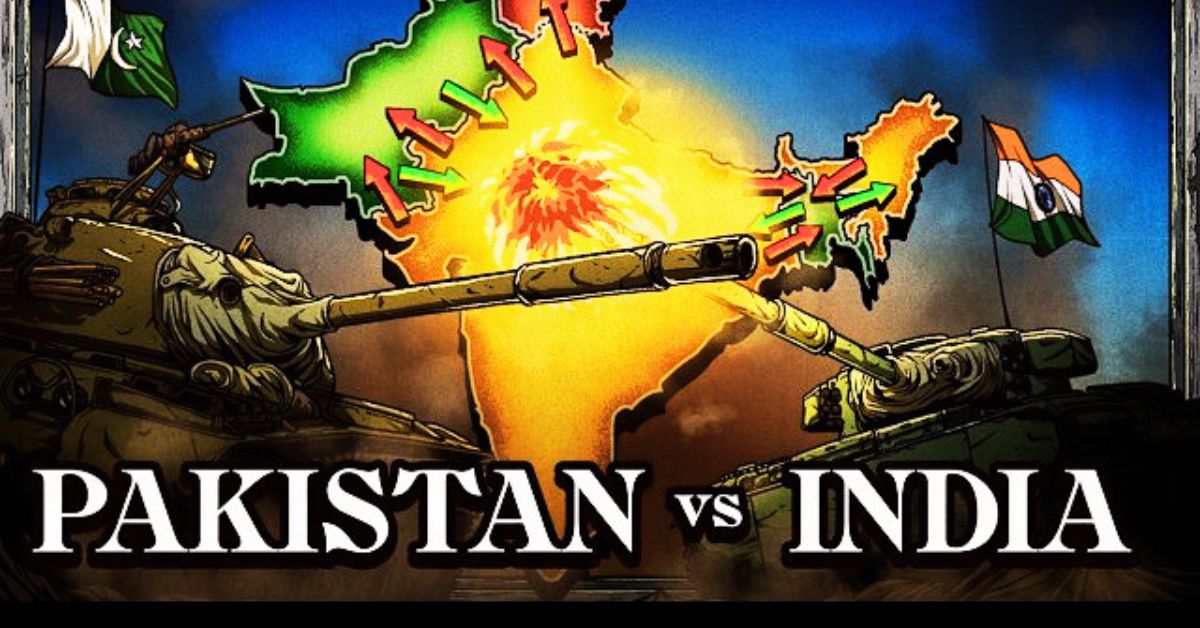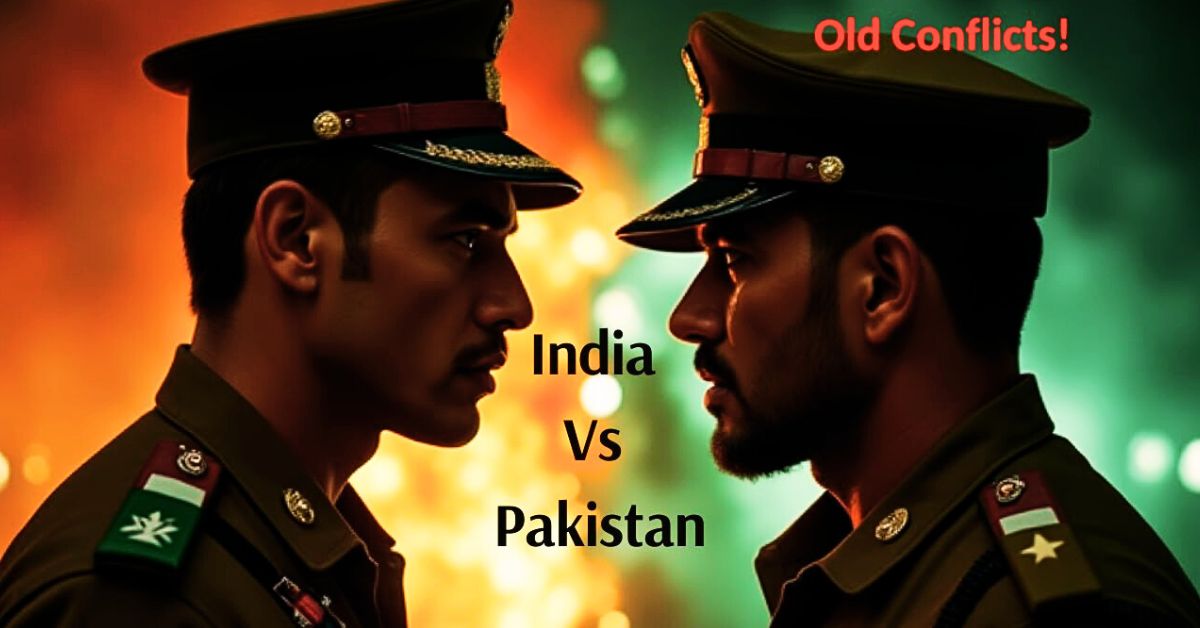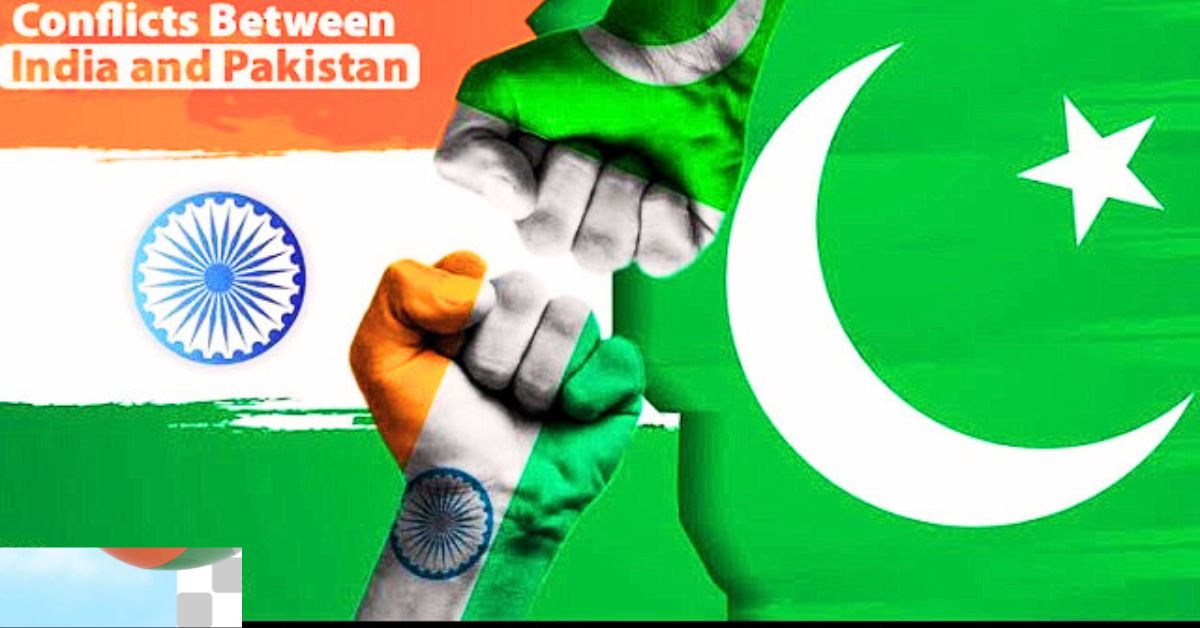India Pakistan relations are among the most complex and closely watched in global geopolitics.
The two nations, born out of British colonial rule in 1947, have fought wars, engaged in peace talks, and influenced regional stability in South Asia. Despite shared culture, language, and history, deep-rooted political and territorial conflicts continue to define their relationship.
In this article, we explore the roots of the India Pakistan conflict, major milestones, recent developments, and possible avenues for future peace. We aim to provide a balanced and informative view that helps readers understand the multifaceted nature of this issue.
Let’s dive in to learn more about what divides and unites these neighboring countries.

Partition and Historical Roots
The India Pakistan conflict began with the partition of British India in 1947. This event led to the creation of two nations: a Hindu-majority India and a Muslim-majority Pakistan.
Partition caused massive communal violence, displacing nearly 15 million people. The scars of this division still influence bilateral relations today. Historical narratives and collective memories continue to fuel mistrust.
Kashmir became a central flashpoint as both countries claimed the territory. This unresolved dispute has led to multiple wars and diplomatic standoffs.
Wars and Military Clashes
Since independence, India and Pakistan have fought four major wars: 1947, 1965, 1971, and 1999. Most of these were triggered by territorial issues, especially over Kashmir.
The 1971 war resulted in the creation of Bangladesh and a severe blow to Pakistan. The Kargil conflict of 1999 was the last major military confrontation.
These wars have entrenched military posturing and mistrust, with both sides investing heavily in defense and maintaining a fragile ceasefire along the Line of Control (LoC).
India Pakistan Nuclear Dynamics
Both nations tested nuclear weapons in 1998. This move altered regional and global perspectives on their conflict.
The nuclear status of India and Pakistan has acted both as a deterrent and a risk. While full-scale war has been avoided, the threat of escalation remains high, especially after incidents like the 2019 Pulwama attack.
Diplomatic channels remain open but are often disrupted by cross-border tensions and internal politics.
Cross-Border Terrorism Concerns
India accuses Pakistan of supporting terrorism across its borders, especially in Jammu and Kashmir. Groups like Jaish-e-Mohammed and Lashkar-e-Taiba have been linked to attacks on Indian soil.
Pakistan denies state involvement but faces global pressure to dismantle extremist networks.
These issues have affected dialogue processes, including the Composite Dialogue and the more recent backchannel communications.

Trade and Economic Links
Despite tensions, trade has remained a possible bridge for peace. Bilateral trade was once valued at over $2 billion annually.
However, after the 2019 Pulwama-Balakot crisis, India revoked Pakistan’s Most Favoured Nation (MFN) status, halting much of the trade.
Reviving economic cooperation could benefit both economies and create interdependence that promotes peace.
India Pakistan People Connections
People-to-people ties are strong, with families split across the border. Shared languages, music, and traditions offer cultural bridges.
Events like cricket matches and film collaborations generate massive public interest and show the power of soft diplomacy.
Visa restrictions and political hurdles limit these exchanges, but civil society efforts continue to build informal ties.
Kashmir: The Core Dispute
The Kashmir issue remains the crux of India Pakistan tensions. Both nations claim the region but control parts of it.
India revoked Article 370 in 2019, ending Jammu and Kashmir’s special status. Pakistan opposed this move, leading to heightened tensions.
International responses have been muted, with most countries urging bilateral dialogue.
Recent Developments in Relations
Recent years have seen a mix of hostility and diplomacy. The 2016 Uri attack and 2019 Pulwama incident led to military responses from India.
However, there have also been backchannel talks, border ceasefires, and humanitarian gestures, such as prisoner releases and medical visas.
These developments highlight the volatile but dynamic nature of the relationship.
Regional and Global Influences
China, the United States, and the Gulf states play key roles in shaping India Pakistan relations. China’s presence in Pakistan-occupied Kashmir and its ties with Islamabad raise security concerns for India.
The U.S. has historically oscillated between both nations, promoting dialogue while maintaining strategic interests.
The Gulf states have tried to mediate and support economic cooperation, especially through diaspora diplomacy.
Media and Public Perception
Media in both countries often fuels nationalistic sentiments. Sensationalism and propaganda hinder objective understanding.
However, independent journalism and digital platforms offer alternate narratives that support peace and empathy.
Public opinion remains polarized, but grassroots movements and cross-border campaigns continue to push for reconciliation.
Toward Sustainable Peace
Achieving lasting peace requires political will, civil society support, and international mediation.
Confidence-building measures like dialogue resumption, trade facilitation, and cultural exchange are essential.
A sustainable roadmap must include resolution of the Kashmir dispute, joint anti-terror mechanisms, and human rights protections.
Final Thoughts on India Pakistan
India Pakistan relations are shaped by history, identity, and geopolitics. While the challenges are immense, the potential for peace remains.
Efforts by diplomats, artists, activists, and ordinary citizens show that progress is possible. Shared interests can become the foundation of a new chapter.
By focusing on dialogue and development, South Asia can move beyond conflict toward cooperation.
External Links:
- https://www.un.org/press/en/2019/sc13895.doc.htm (United Nations statement on Kashmir)
- https://www.brookings.edu/articles/the-india-pakistan-conflict/ (Brookings analysis on conflict)










